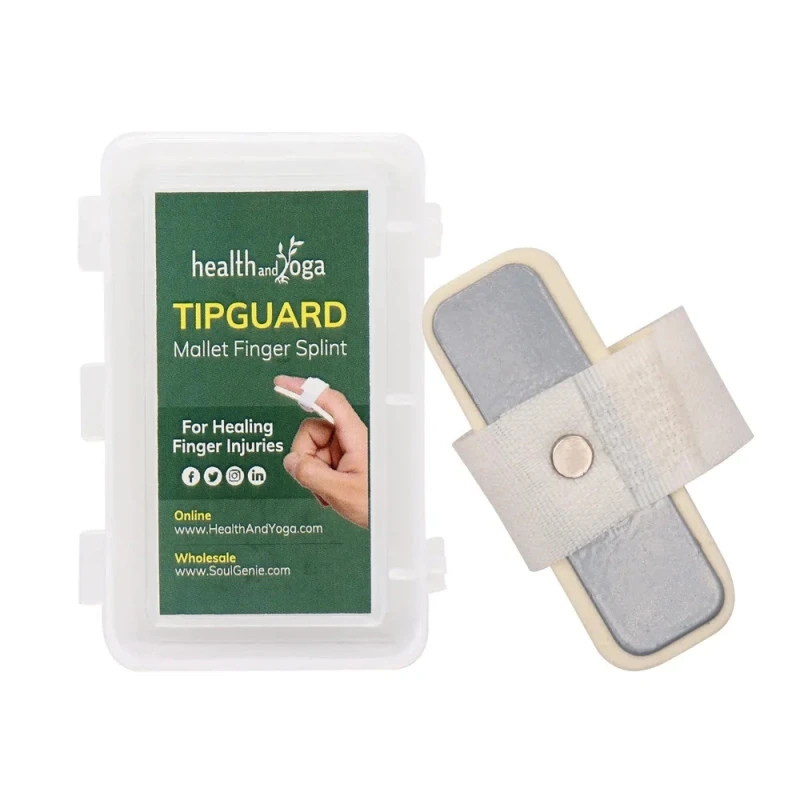Injuries are unforeseen occurrences that can affect you at any time. While some injuries are common and minor, others can be pretty harsh. Knowing first aid decreases your risk of developing injury-related infections in either scenario.
In today's article, First Aid for Beginners, we'll look into how to treat arm injuries like cuts, blisters, stitches, burns, etc., using a tubular stockinette. This cotton home medical tool is a simple yet very effective solution to giving your physical wounds the care they need to heal! But, before we get into how, let's find out the when.
What kind of injuries is a tubular stockinette used for?
A tubular cotton bandage generally forms the base layer of a cast. However, it can still be used independently. Overall, the use case depends heavily on the gravity of your injury.
For instance, if you've sustained a minor cut or burn, wrapping your arm with cotton gauze is sufficient enough. Contrarily, if you've gotten stitches, suffered from a first-degree burn, or are experiencing swelling in your limbs, using the best tubular stockinette with a cast is recommended. Since we've cleared up the use cases, let's look at how to use a cotton stockinette.
Steps to use a tubular bandage
Tubular bandages are convenient and easy to use; you need to follow these steps:
Firstly, you must select a bandage of the right length and width. The best ones are up to 5 meters long, and the width ranges between 3" and 4".Next, cut the bandage according to the desired length, leaving 3-4 centimeters on either end.Depending on where you'll be using the bandage, the upper or lower arm/leg, you can make an incision for your thumb (no incisions required for the upper arm).Finally, wrap the bandage evenly around your arm/leg and ensure it fits tightly. Leaving the bandage loose can expose the wound to external pathogens that may cause infections in your wounded area.Once you finish the above steps, double-layer and secure your wound appropriately!Note: if you have injured your fingers, in addition to using the cotton tubular stockinette bandage, you should use a trigger finger splint. It provides adequate support to your fingers for healing!
Now that we know how to use a cotton stockinette, let's move on to how to find the perfect stockinette for yourself.
How do you select the right cotton stockinette?
When choosing the right stockinette, you must look for one with a tubular design that prevents any organic growth from occurring inside your cast bandage. A highly absorbent stockinette also helps those living in humid conditions tackle sweating effectively! Finally, ensure the stockinette you choose fares well on stretchability and breathability. Providing a comfortable solution to your wound can help make your healing process considerably smoother!
Whether it's a stockinette or a trigger finger splint, getting high-quality medical supplies keeps you protected and helps you heal better!


